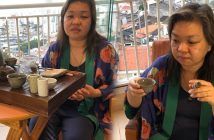Our columnist, which is also a tea expert, Paula Su, listed the best teas according to her for our readers to prove
For us, Brazilians, the first thing that comes to the mind when we think of tea, one of the most consumed drinks in the world, is our tradition in which mothers and grandmothers recommended drinking an herbal infusion (tea) to cure some sort of malaise: a cold, an upset stomach or even some anxiety.
The next relationship we have with this ancient drink may be linked to the famous “afternoon tea” that Londoners have so proudly over there, or the Japanese tea ceremony – the chanoyu, or the delicate and whimsical Chinese porcelain used to serve the drink. And how can we not think about the history of our country, when Dom João VI was forced to leave Portugal, brought with the Portuguese monarchy the habit of drinking tea. The first seedlings were planted in the Botanical Garden of Rio de Janeiro, as of 1814.
So many customs and cultures that are part of the long history of tea, which continues to be written. Here, in Brazil, what used to be a handful of aromatic herbs infused into a cup and/or a teapot, is now consumed in sachets that comes with various flavors and blends and, currently, can be bought in bulk.
As well as wine, whiskey and coffee – tea has been gathering lovers who want to know the origin of the product, about its production and its producers and also want to learn about habits and customs of the most different countries, besides savoring the liquid with much pleasure. These consumers look for specialty teas, which are quite different from the sachet versions.
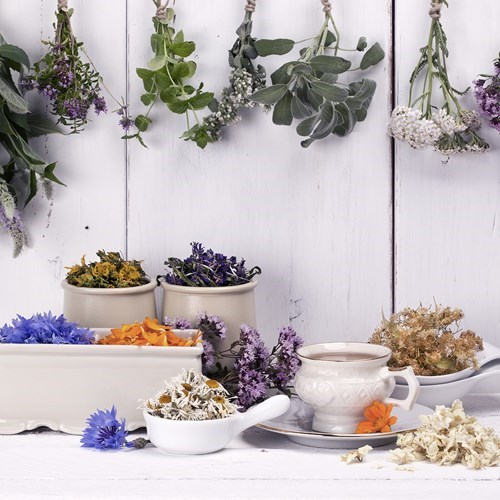
But among the specialty teas, which are the best in the world? The answer is as difficult as: what is the best beer? What is the best coffee? What is the best wine? It depends. It is necessary to take into account some variables such as: the moment of consumption, the company, the environment in which it was consumed, the utensils, the product quality, the raw material used, the production techniques, the professional, among many other things.
There are teabags to be consumed quickly. And there are also micro-lots such as in the specialty coffees segment, small producers that produce hand-picked teas with incredible sensory quality as well as “high-purity” standards, with small, exclusive and seasonal (spring) production.
To find the best teas you must know a wide variety of them. And, you can bet, their profiles are completely different when considering the flavor, aroma, coloring, production and even terroir. Within each type of tea (white, green, oolong, black and pu’er) we have different types of productions, different cultivars, different countries of cultivation. We list here some of them in their pure version, i.e., without blending of flowers, fruits, herbs or other types of tea leaves.
White teas:
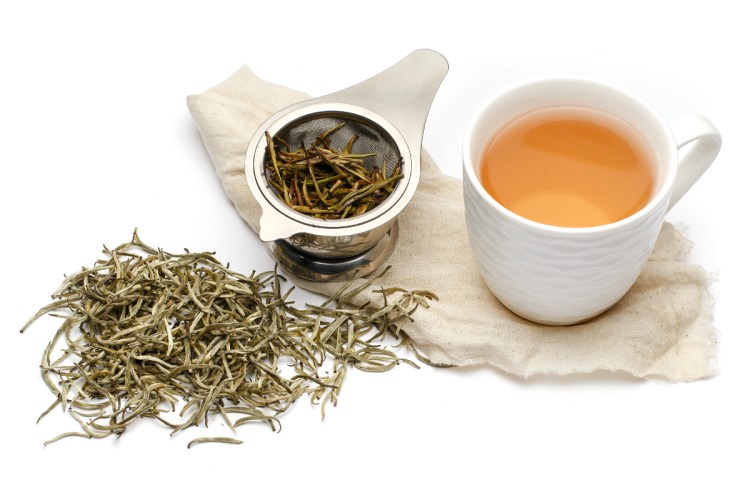
With an almost exclusive production in the Fujian Province, China, they are low-oxidation teas.
Bai Hao Yin Zhen: also called silver needle tea, its production uses only the Camellia Sinensis var. Sinensis buds that are picked manually
Bai Mu Dan / Pai Mu Dan: Produced in the Fuding and Zhenghe areas of Fujian province, this tea has buds and leaves usually harvested during the spring.
Shou Mei: its production involves the highest leaves of Camellia Sinensis var. Sinensis plant and a few buds that are harvested later than the Bai Mu Dan.
Green teas:
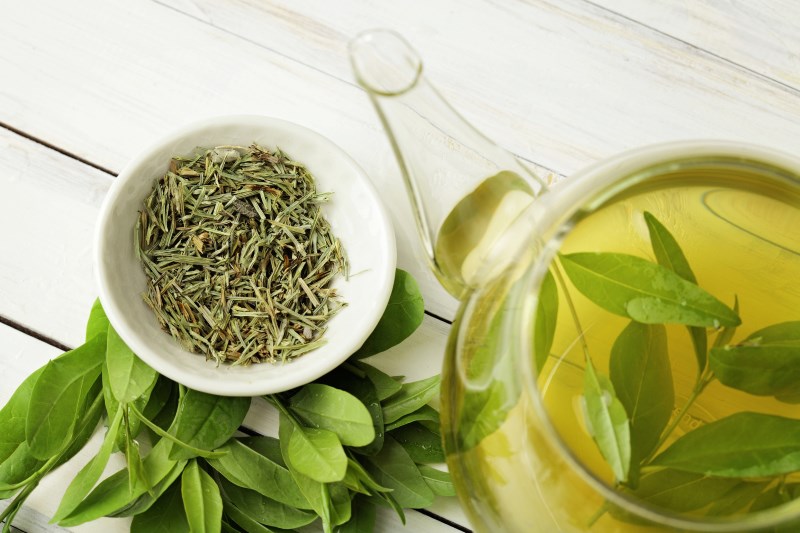
Without oxidation, this tea can present in the most different formats: powder, with whole leaves, cut leaves, twisted, curled, etc. They are very popular teas because they are spring teas and also very fresh.
Long Jing: its authentic version comes from Zhejiang province in China, is the most famous tea from the city of Hangzhou. According to the legends, this tea received the status of imperial tea.
Matchá: The famous green tea used in the Japanese tea ceremony is made from Tencha, green tea that during its production stays from 20 to 30 days in the shade before harvest. At the end of the production the Tencha is transformed into powder, turning into matchá. Today it is also widely used in confectionery.
Gyokuro: one of the most expensive green teas in Japan, it is also covered for 20 to 30 days before harvest in the spring, which produces its sweet taste. The most famous regions of Japan that produce Gyokuro are Uji and Yame.
Oolong teas:
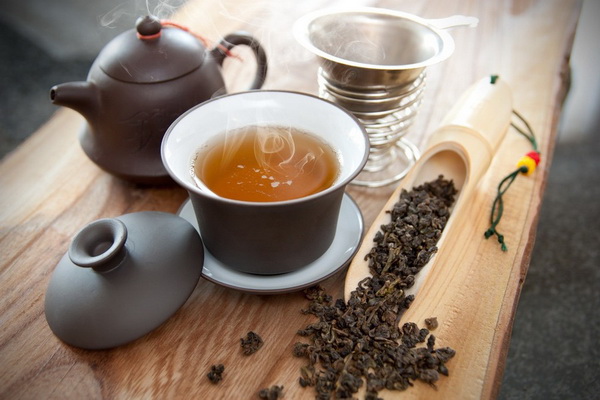
Fujian and Taiwan in China are the largest producers of this type of tea. In Fujian there are two areas that are specialized in producing it: Mount Wuyi where the teas with most rocky features come from and the district of Anxi, where the most aromatic ones come from. They are semi-oxidized teas, that is, they can be produced with much or little oxidation, which brings very different characteristics if you make a comparison between oolong teas of different types.
Da Hong Pao: one of the most awarded and rare oolong teas from the Wuyi Mountains. According to legends, the authentic da hong pao tea originate in the 4 large shrubs that have existed since the Song Dynasty and live to this day. Therefore, its production is low and expensive.
Tie Guan Yi / Tie Kuan Yi: Also known as Iron Goddess tea, this oolong tea is very popular and was developed around the 19th century in the Anxi region.
Alishan: Produced in the high mountains of Alishan in Chiayi – Taiwan, it is cultivated at an altitude between 1000 to 1400 meters. The strong sun hits this area for a short period of time and the cultivar develops a sweeter taste.
Black teas:

With total oxidation, black tea is produced in several countries: China, Kenya, Sri Lanka, India and… Brazil! Yes, we have a tea production in the Vale do Ribeira, in the State of São Paulo! Black tea conquered the West: in England it is mixed with milk, and in India, because of the influence of the British during colonization, blends with black tea and spices give rise to the chai. Most of the production goes to tea bags, but the special productions become:
Assam: the name comes from the region where it is produced – Assam in India, this tea uses the Camellia Sinensis var. Assamica leaves and is cultivated in low regions. They are teas that can be mixed very well in blends, that is, they adapt to the mixture with flowers and fruits.
Darjeeling: This tea is produced in Darjeeling in India, this black tea has its most special version during the first harvest, called First Flush. There are also the following crops that are called Second Flush, Monsoon and Autumn Flush. The latter two produce more rusty and cheaper teas.
Lapsang Souchong: It comes from the rocky regions of Wuyi, Fujian province in China, this black tea has a rather distinctive feature: it is smoked in pine wood. Legends tell that lapsang souchong is one of the first black tea created in history.
Pu’er / Pu-ehr
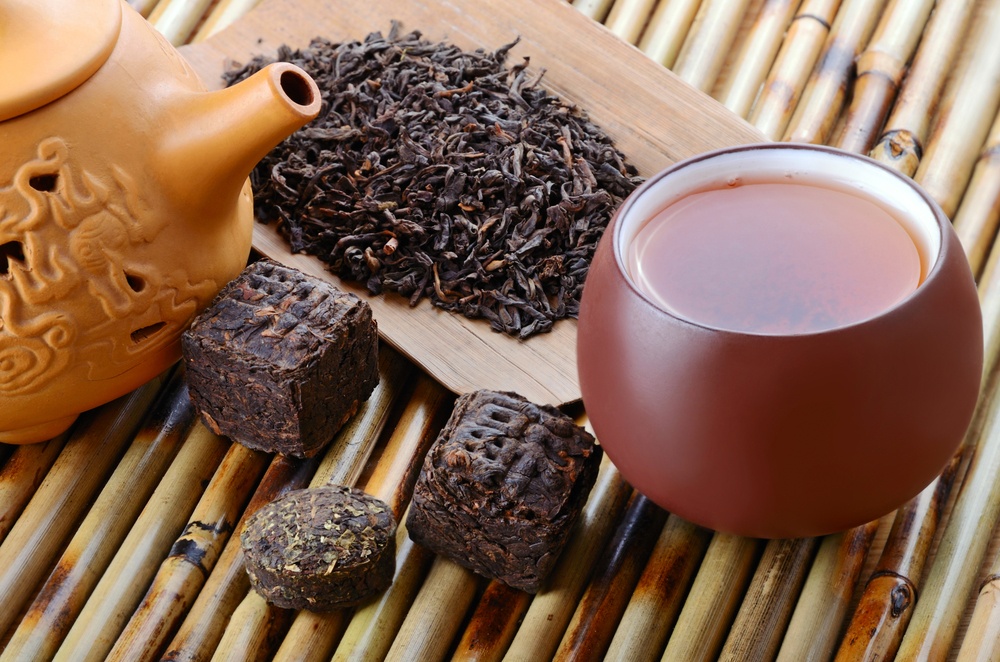
This type of tea is also described as fermented or post-fermented tea. This fermentation process can happen naturally or in an accelerated way and brings on probiotic properties. The province of Yunnan in China is very famous for its production of pu’ers which can be present as a block of pressed leaves or in bulk. This is the only type of tea that works more or less like wine: the older it is, the more special and more complex it gets.
After knowing some of the specialty teas found in the world the important thing is to know what your favorite flavor profile is. And you can only know this by trying many varieties to find out. The good news is that now specialty teas are also available in Brazil, just look for the nearest tea house!

Written by Paula Su


